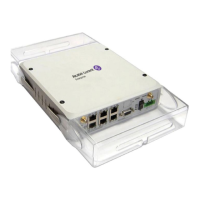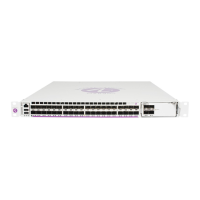Log Command Reference
Page 270 7705 SAR OS System Management Guide
Logging Destination Commands
log-id
Syntax [no] log-id log-id
Context config>log
Description This command creates a context to configure destinations for event streams.
The log-id context is used to direct events, alarms/traps, and debug information to respective
destinations.
A maximum of 10 logs can be configured.
Before an event can be associated with this log-id, the from command identifying the source of the
event must be configured.
Only one destination can be specified for a log-id. The destination of an event stream can be an in-
memory buffer, console, session, snmp-trap-group, syslog, or file.
Use the event-control command to suppress the generation of events, alarms, and traps for all log
destinations.
An event filter policy can be applied in the log-id context to limit which events, alarms, and traps are
sent to the specified log-id.
Log-IDs 99 and 100 are created by the agent. Log-ID 99 captures all log messages. Log-ID 100
captures log messages with a severity level of major and above.
The no form of the command deletes the log destination ID from the configuration.
Default No log destinations are defined.
Parameters log-id — the log ID number, expressed as a decimal integer
Values 1 to 100
filter
Syntax filter filter-id
no filter
Context config>log>log-id log-id
Description This command associates an event filter policy with the log destination.
The filter command is optional. If no event filter is configured, all events, alarms and traps generated
by the source stream will be forwarded to the destination.

